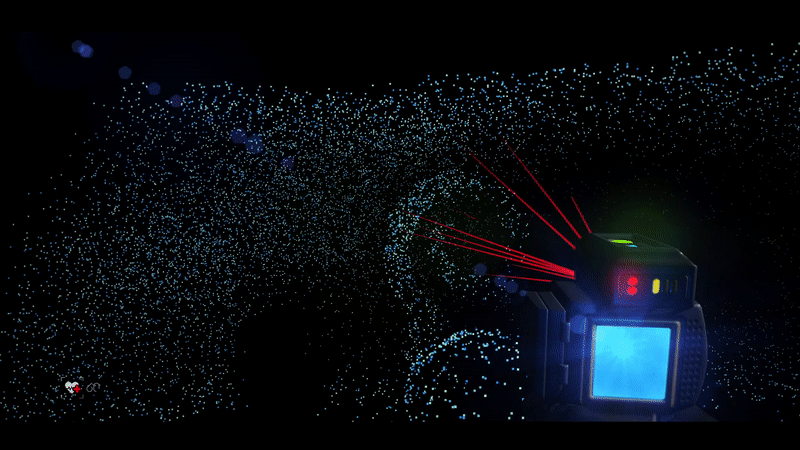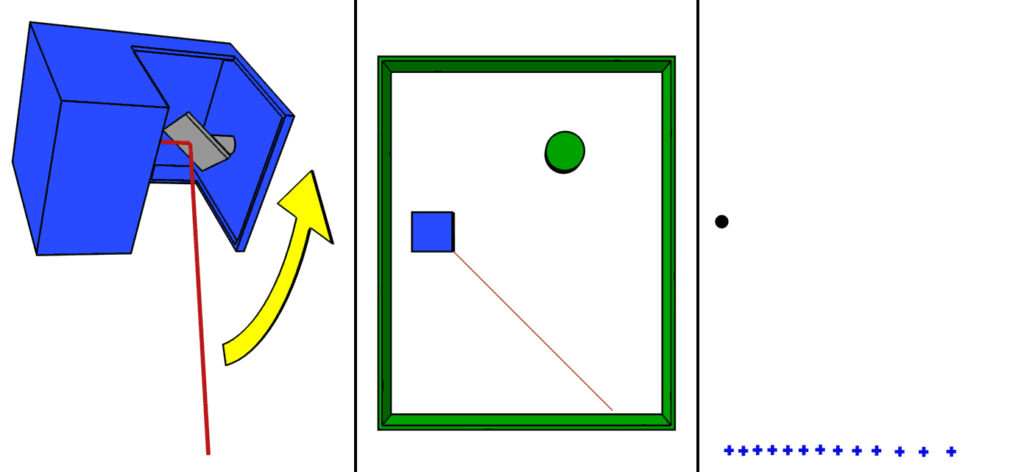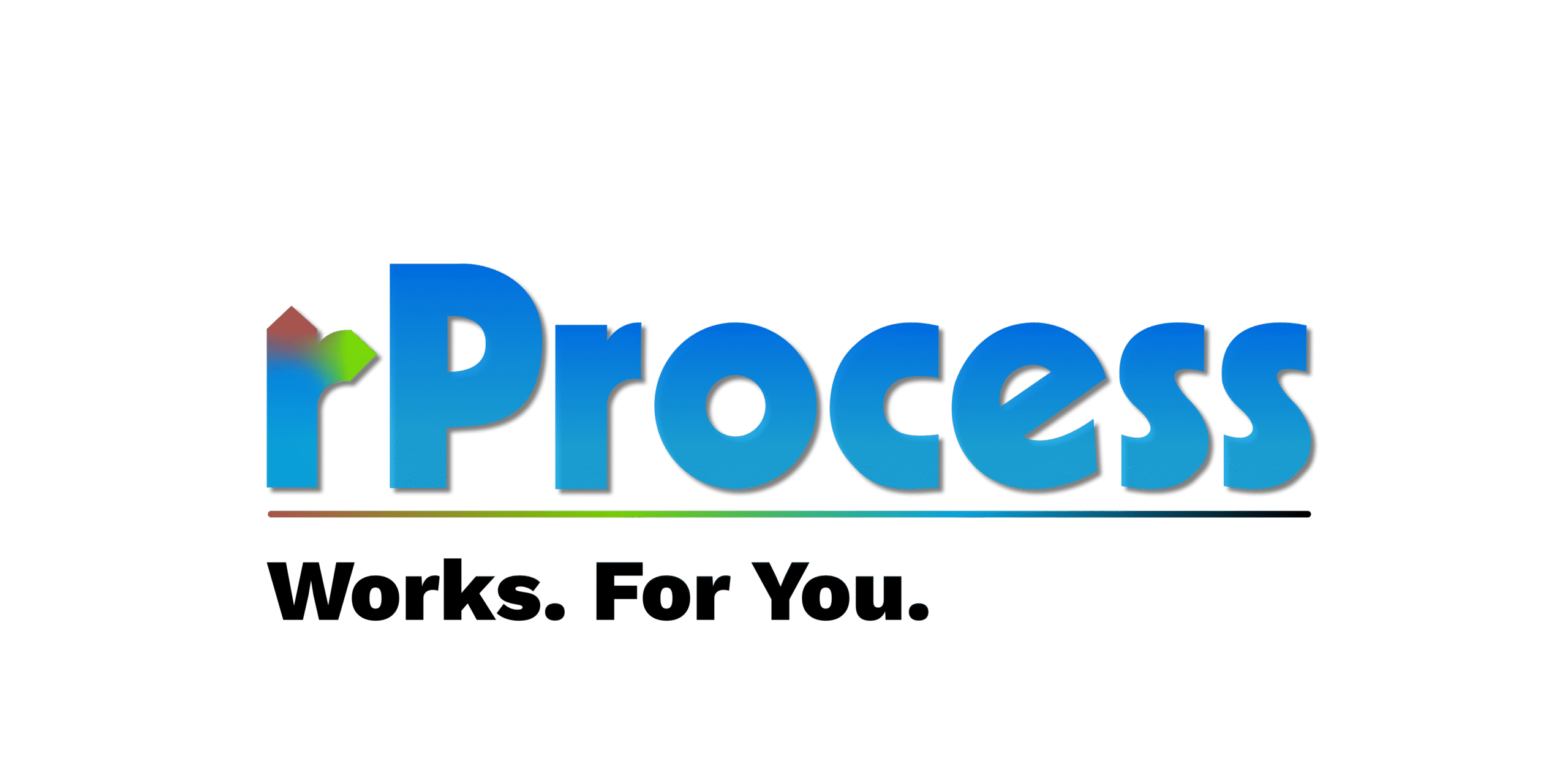Case Study Details
Enhancing Solar Site Assessment with 3D Point Cloud Scanning
What is LiDAR?
LiDAR (Light Detection and Ranging) is a remote sensing method that uses laser light to measure distances with high precision, creating accurate 3D representations of environments.

How It Works
- Emits rapid LASER pulses toward a surface
- Measures time taken for each pulse to return (Time of Flight)
- Calculates precise distance and maps millions of data points
- Outputs a detailed 3D Point Cloud Data (PCD) of the scanned area


Extracting Accurate Roof Details in Minutes: A Case Study
Site Walkthrough with Handheld LiDAR Scanner
- Perform a walkthrough of the site using a handheld LiDAR scanner
- The device captures millions of data points per second, enriched with RGB imagery, to create a high-fidelity digital representation of the environment
Register Data to the Cloud & Cleaning
- Seamlessly upload the captured point cloud data to a centralized cloud platform
- Use specialized software to clean noise, align scans, and geo-reference the data to the site’s coordinates
Generate 2D and 3D Site Models with Obstruction Mapping
- Convert the processed LiDAR data into precise 3D/2D models of the site, including roof geometry, elevation profiles, and obstructions such as HVAC units, skylights, and shading elements
- These models serve as the foundation for solar design and system layout
Best-Fit Scanners for Different Roof Sizes
Small Roofs (~5,000 ft²): Matterport Pro3, GeoSLAM ZEB
Medium to Large (~20,000–50,000 ft²): FARO Focus, GeoSLAM ZEB
Very Large (~100,000 ft²): FARO Focus for max accuracy, GeoSLAM for speed
Each scanner balances cost, speed, and precision, making it easy to scale across project types.
Applications Across the Solar Lifecycle
Site Assessment: Virtual walkthroughs enable remote collaboration and planning.
Design & Optimization: Accurate shading and irradiance analysis.
As-Built & QA: Robust documentation before and after installation.
Bottom Line: Better Data. Smarter Design. Faster Turnarounds.
rProcess is at the forefront of integrating cutting-edge scanning with solar design. With our Scan-to-CAD approach, we’re not just capturing data—we’re accelerating solar deployment, improving design accuracy, and enabling smarter decisions from day one.
rProcess
Have a project in mind?
Schedule a Call
Just One Call Away – Let’s Talk Solutions!
Call Us +91 7338189979







